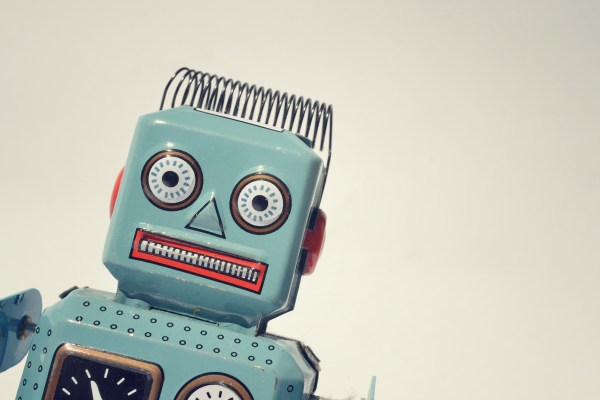Editor’s note: Marc Canter is CEO of Interface, a company focused on creating a new set of authoring tools for easily building personalized apps and experiences for the Internet of Things.
The Internet of Things is the latest, greatest new buzzword du jour and every major technology company, industrial manufacturer, big retailer and health industry player has declared the IoT to be the next big thing. Each of these industries sees a way of taking advantage of tiny low-power intelligent devices or sensors and they’ve baked the IoT into their future product strategies.
These industries are so excited about the IoT that they’ve created a collective frothing-at-the-mouth level of hysteria – to the point where Cisco is even trying to rename it to the “Internet of Everything.” Whenever Cisco tries to rename something (as it did with “the Human Network”) you know we’re in trouble.
Qualcomm has several different IoT platforms, Intel has created a breakout standard of their own and Apple and Google are replaying their walled garden battles — just as we all expect them to do.
Like every major technological trend before it, IoT has given birth to trade shows and conferences, accelerators and venture funds, and local meetups and DIY co-working spaces. And every consulting company from McKinsey, Accenture, KPMG on down now have their own IoT divisions and practices.
What most amazes me is the universal lack of a clear definition of what the IoT’s benefits are to mere mortals — and really, what it is at all.
We’re already seeing a backlash formed towards IoT — whether it be in the rejection of Google Glass and the glassholes associated with it to the over 50 percent set-aside rate of fitness devices — which are still selling and still being set aside.
Consumers don’t understand machines communicating with each other (sometimes referred to as M2M) or the cloud per se, as they see that as some weird form of Skynet. Based on public reaction to NSA spying, hackers hacking and Google and Facebook monetizing our data, I’d say IoT has a basic challenge in front of it to build basic trust in the minds of average consumers.
But the real problem with the IoT is that people see it as some sort of shiny new toy and not the all-encompassing, change the world, prepare us for the future thing it really is.
It’s almost a belittling effect to the possibilities ahead – by seeing IoT as simply “yet another new trend.” It’s far more than that — and quite frankly I’m getting tired of watching this incredible opportunity be misunderstood and exploited as “merely a new trend or fad.”
Whenever you hear about “genie-in-the-bottle” intelligence coupled with real-world data ( based on user activities and behavior patterns) this should give us an inkling as to the new era of “smart” solutions ahead.
Technological platforms interoperating in a synchronized, orchestrated manner in a distributed networked environment are a turn-on for software guys like me — but I’m also wary of what’s missing in this buzzword-based, collective frothing behavior.
I see the IoT as the culmination of all modern technology that is finally uniting the online technological world and the real world.
By understanding context, both in terms of the end user and the world around them, we can now truly create “mediated conversations,“ real-time intervention and help, online augmentation of everyday experiences and ultimately “contextually aware” apps.
What’s most exciting about this burgeoning “Age of Context” (as Robert Scoble and Shel Israel refer to it in their book) is what we don’t know. Yes the future is murky and nebulous, but it’s definitely going to be based on a chain of technology, which starts with your smartwatch, or wristband (or smart home), which sends contextually up-to-date data back to “intelligence” (in the cloud), which then analyzes this data and reacts to it in real time with contextually aware experiences. Or something like that.
These experiences are going to happen with mobile devices and your social graph of friends, colleagues and family members and are going to include streaming digital media content. That’s a lot more than just a shiny new trend.
My head explodes with new kinds of solutions and creative expression, but I know that the IoT must also include mobile apps and social engagement, and we sure as hell better not leave out digital media and streaming content.
So from now on, whenever you hear the term IoT, think about what it should be referring to, and not some shiny new trend and category that just happens to be worth several trillion dollars. Please.
